

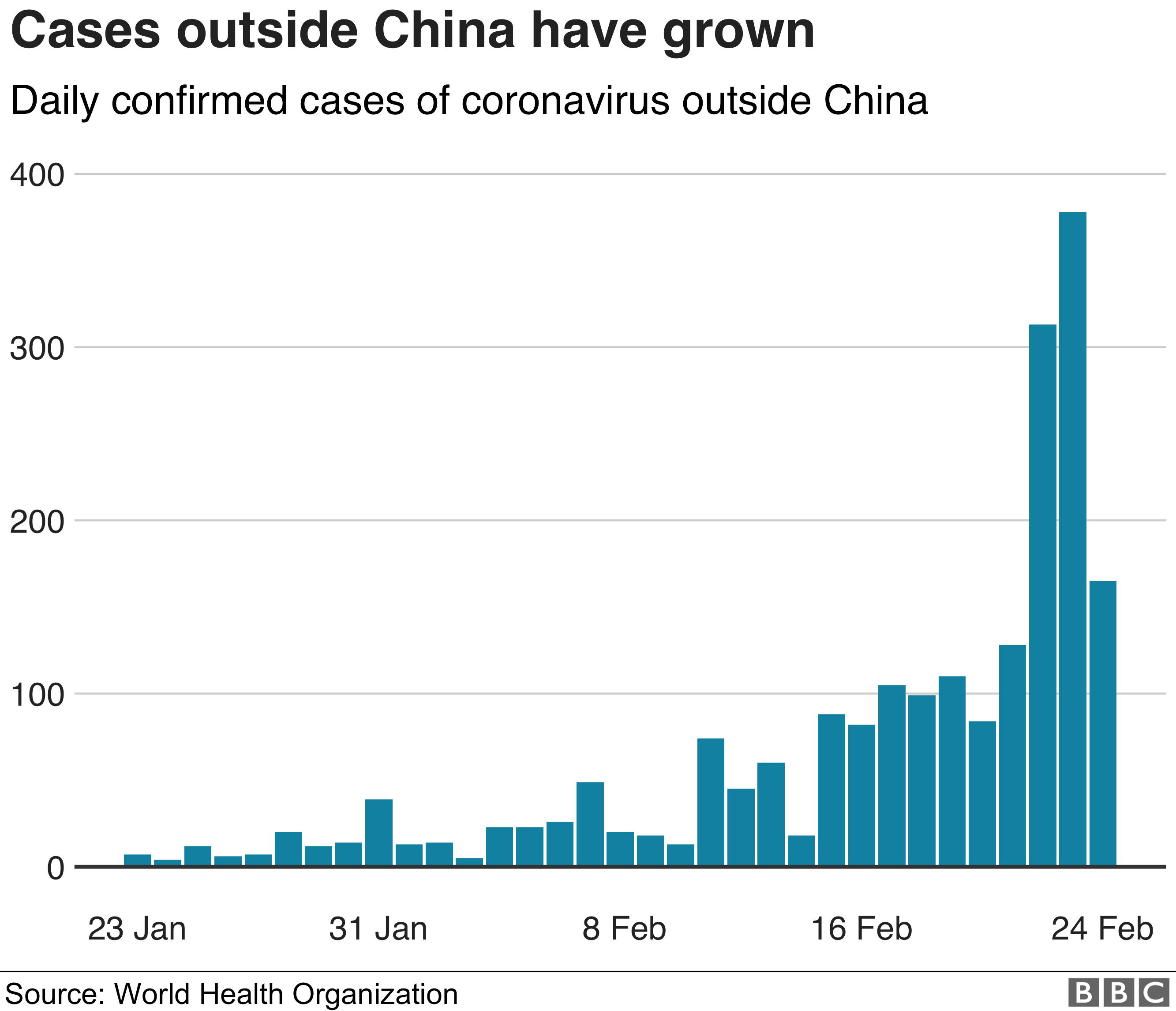
World leaders and health experts will meet at the World Economic Forum in Davos, Switzerland to discuss the potential for a future pandemic known as "Disease X" which could be 20 times more fatal than Covid. The World Health Organization (WHO) has added Disease X to their list of nine priority diseases in 2018, as it poses a major global health threat. The panel will specifically focus on preparing healthcare systems for the challenges posed by Disease X and the need for novel efforts in disease prevention and treatment.
Disease X: A Potential Global Health Threat
Disease X is a hypothetical disease that has the potential to cause a future pandemic. It is one of nine priority diseases identified by the World Health Organization (WHO) in 2018 as posing a major global health threat. Disease X is characterized by its unknown origin, rapid spread, and high mortality rate. There is currently no known cure or vaccine for Disease X.
Top 5 FAQs and Answers about Disease X:
What is Disease X? Disease X is a hypothetical disease that has the potential to cause a future pandemic. It is characterized by its unknown origin, rapid spread, and high mortality rate.
How likely is it that Disease X will cause a pandemic? The likelihood of Disease X causing a pandemic is unknown. However, the WHO has warned that it is a serious threat and that countries need to be prepared.
What are the symptoms of Disease X? The symptoms of Disease X are unknown. However, it is likely that they would be similar to the symptoms of other respiratory diseases, such as fever, cough, and shortness of breath.
Is there a cure or vaccine for Disease X? There is currently no known cure or vaccine for Disease X. However, researchers are working to develop treatments and vaccines.
What can be done to prepare for a Disease X pandemic? Countries can prepare for a Disease X pandemic by strengthening their healthcare systems, developing emergency response plans, and conducting research into the disease.
Links for Further Information:

A groundbreaking new study conducted by Professor Anirban Bhunia and his team at the Bose Institute in Kolkata has found that compounds derived from Ayurvedic medicine show promise in inhibiting the formation of amyloid plaques in the brain, a key factor in Alzheimer's disease (AD). The research also highlights the efficacy of natural compounds compared to chemically designed peptides in breaking down and preventing the formation of amyloid proteins. This discovery could lead to a significant breakthrough in the treatment of neurodegenerative diseases.

The recent successful docking of satellites by ISRO, under the SpaDeX project, has put India in the exclusive list of four countries globally accomplishing such a feat. The favorable solar activity during the days leading up to the docking played a crucial role in its success. However, handling docking maneuvers during severe space weather can be extremely challenging, especially during the peak phase of solar activity cycle when hazardous space weather conditions are more frequent. This achievement opens up possibilities for future space missions like Chandrayaan-4 and Bharatiya Antriksha Station, where docking will be crucial.
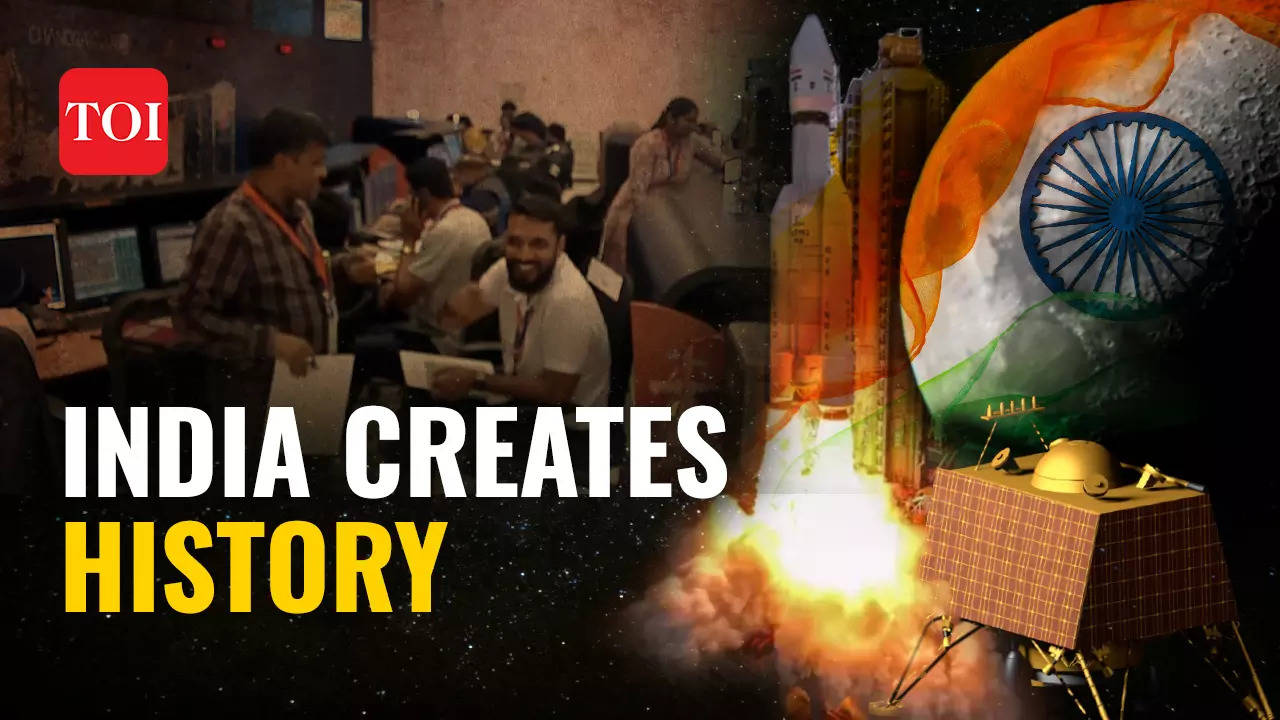
India's space program, ISRO, achieved a historic milestone by successfully docking two satellites in space, demonstrating their ability to undertake complex missions like building a permanent space station or landing humans on the Moon. With this successful docking, India becomes the fourth country in the world to achieve this feat, after the US, Russia, and China. This delicate manoeuvre requires precise and coordinated movements as even the smallest error could result in the destruction of the satellites. Prime Minister Narendra Modi congratulated ISRO and the entire space community for this achievement.

The Japan Meteorological Agency issued a tsunami advisory for Miyazaki and Kochi prefectures after a 6.6 magnitude earthquake shook the southwestern island of Kyushu. The initial magnitude estimate of 6.9 was later revised to 6.6, and the public warnings were lifted after there were no immediate reports of damage. One man was slightly injured and trains were temporarily stopped, but no issues were detected at nuclear plants. With aftershocks possible in the next few days, officials are urging residents to watch for potential landslides and falling objects.
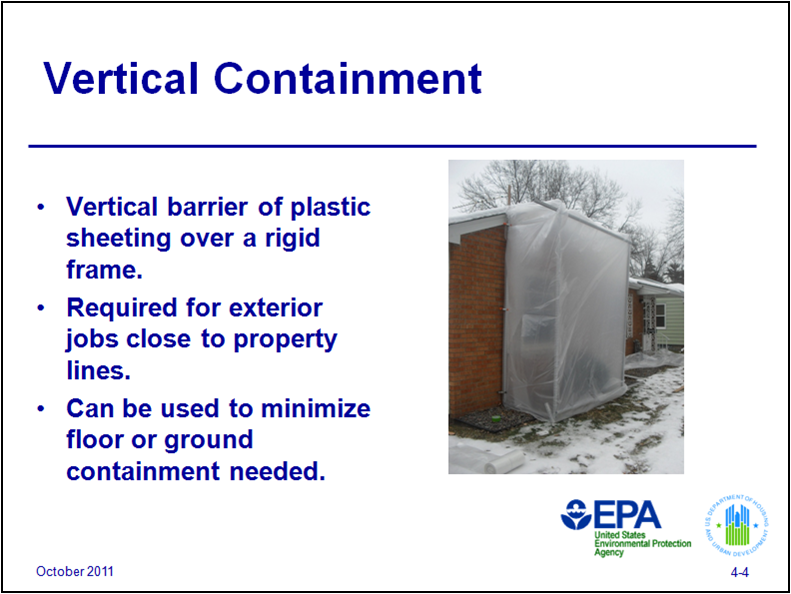
This program allows users to input a series of non-negative integers representing points on a 2D plane, and find the optimal combination of vertical lines that forms the container with the highest possible water capacity. The approach involves targeting the maximum difference between two points and checking if it can be optimized even further. By reducing the problem to a simpler set, the algorithm is able to find the most efficient solution in linear time.

The Indian government has appointed V Narayanan as the new chairman of the Indian Space Research Organisation and Secretary, Department of Space. An IIT alumnus and cryogenic engine developer, Narayanan is expected to take charge from the current head of the organisation, S Somanath, on January 14. With years of experience and expertise in rocket and spacecraft propulsion, Narayanan aims to take ISRO to greater heights and continue India's development in space technology.
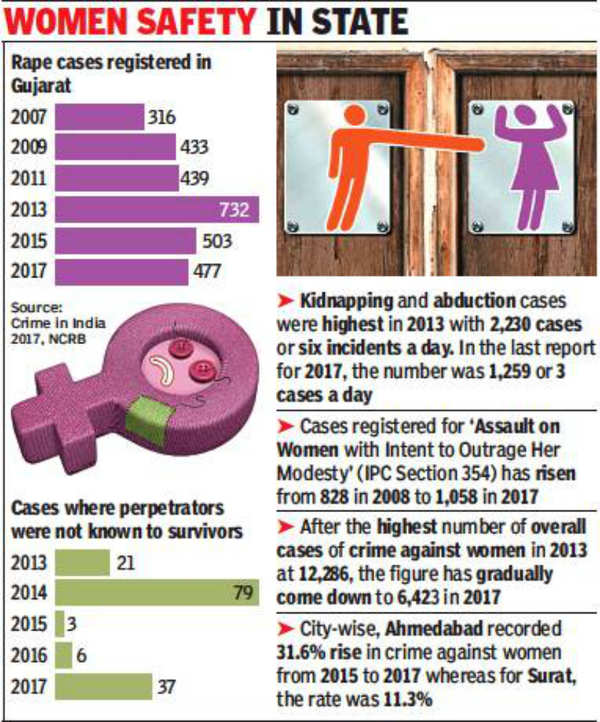
The state of Gujarat has taken precautionary measures to handle cases of HMPV, a respiratory virus, after one case was detected in a two-month-old boy two weeks ago. Three civil hospitals in Gandhinagar, Ahmedabad, and Rajkot have created isolation wards with a total of 45 beds to handle any potential health emergency. The health department has also issued an advisory to the public to prevent the spread of the virus. However, according to data from the Indian Council of Medical Research and the Integrated Disease Surveillance Programme, there has been no alarming surge in respiratory illnesses in the country.
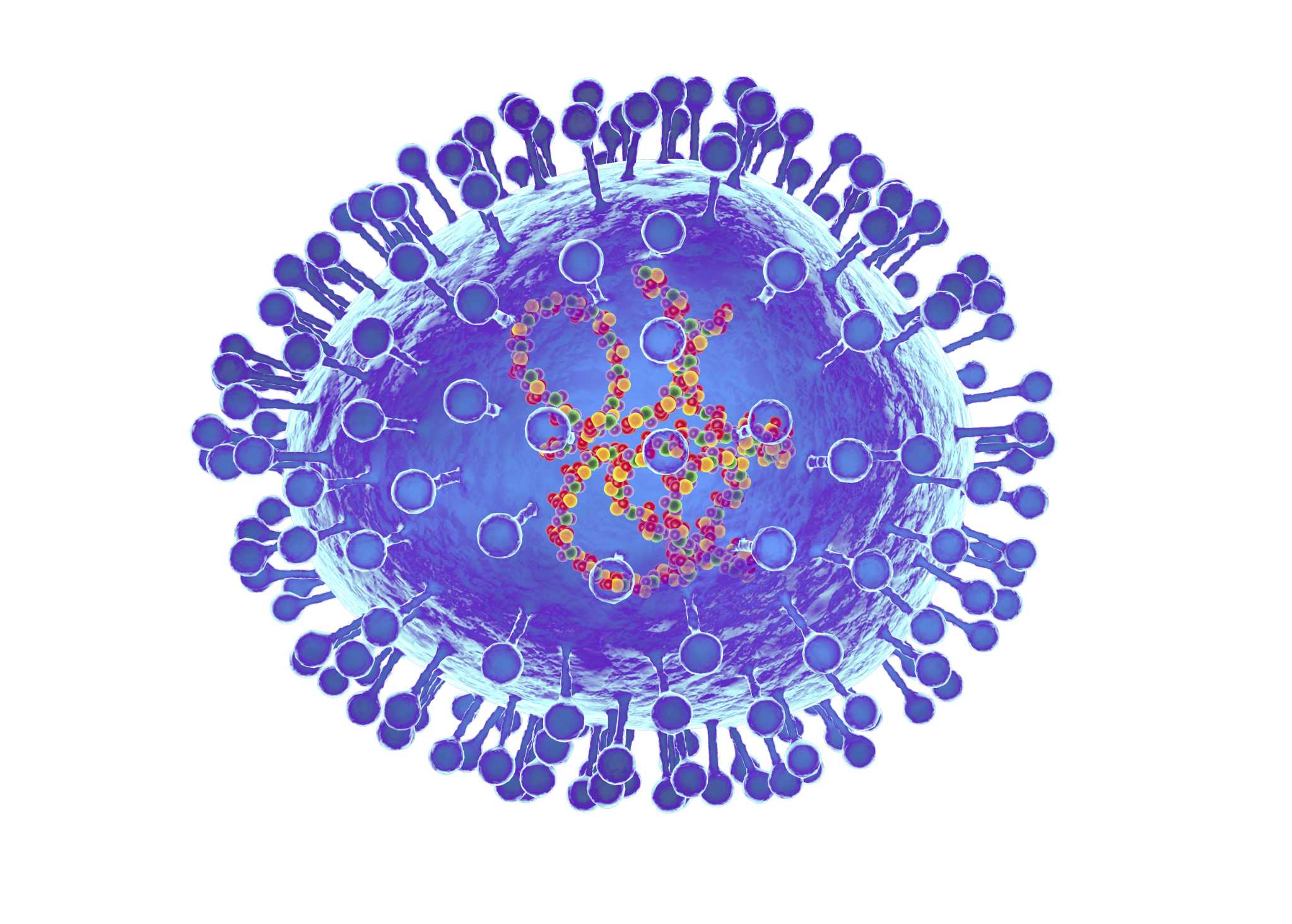
The recent detection of the Human Metapneumovirus (HMPV) in India has sparked fears of a potential new outbreak similar to the COVID-19 pandemic. However, medical authorities assure the public that HMPV has been circulating globally for years and is not a new virus. While three cases have been reported in India, there is no need to press the panic button as there has been no unusual surge in respiratory illness cases in the country. Karnataka's Health Minister Dinesh Gundu Rao stresses that this is not the first case of HMPV in India and it is not something new.
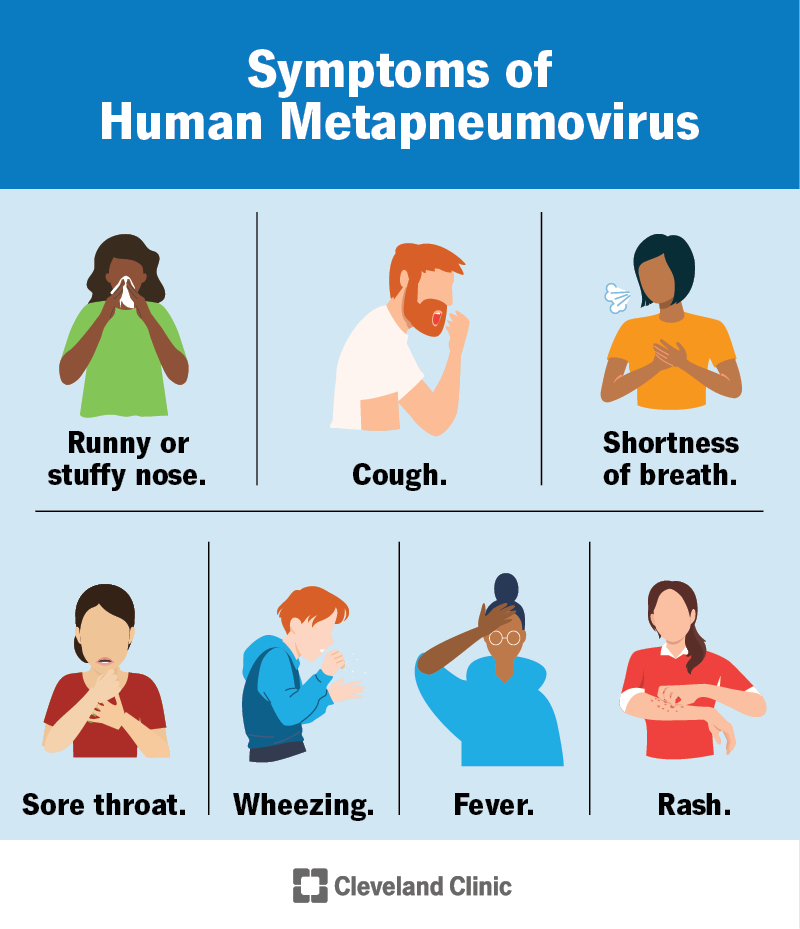
As China experiences an outbreak of Human Metapneumovirus, also known as HMPV, health officials in Telangana, India have issued a list of precautions for the public, despite no reported cases in the state. The respiratory virus, which primarily affects children, immunocompromised individuals, and the elderly, can lead to a wide range of symptoms, including mild cold-like illness and more serious respiratory conditions. However, the Indian health agency has assured that there is no cause for alarm and that the country does not need to worry at this time.
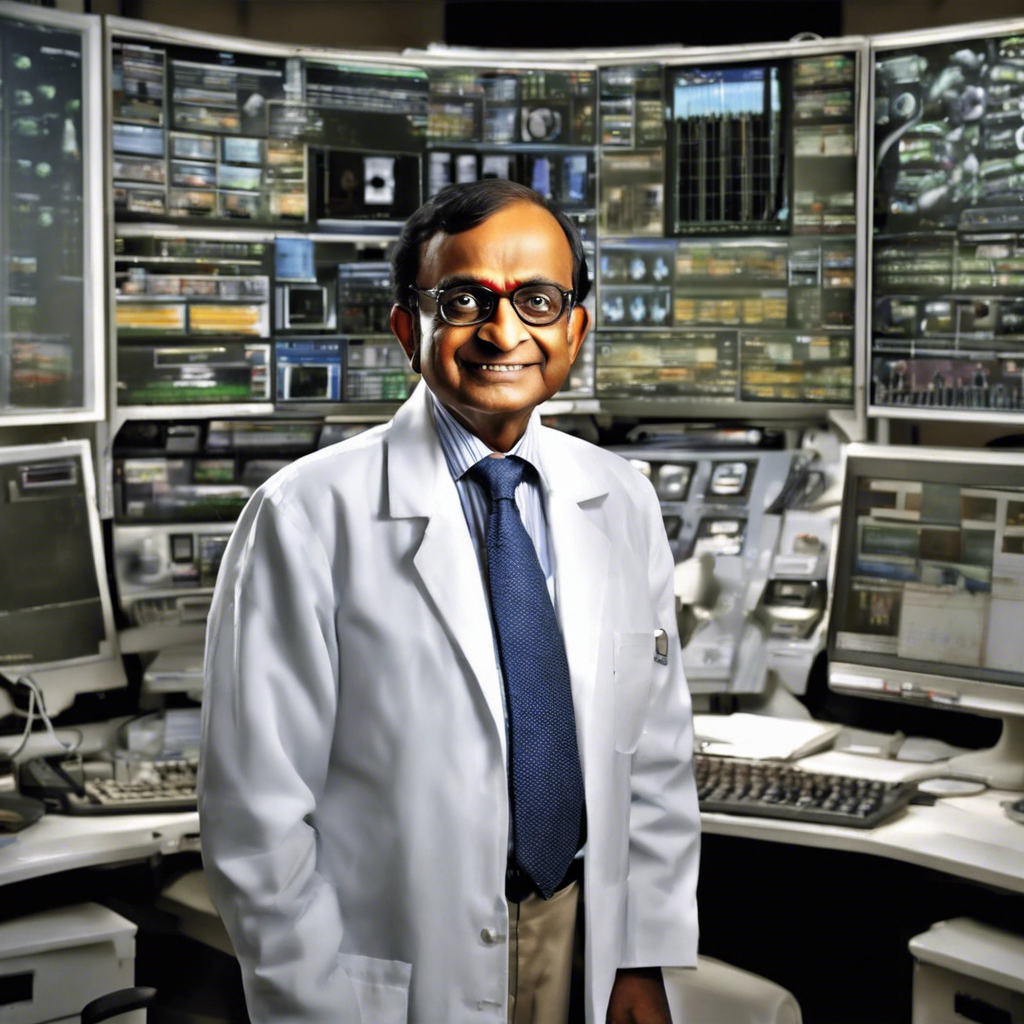
Renowned nuclear scientist and key figure in India's nuclear program, Dr. R Chidambaram, passed away at the age of 88. He was known for his contributions to nuclear research and played a significant role in India's nuclear tests and the country's civil nuclear agreement with the United States. His passing marks a significant loss for the scientific community and the country's progress in the field of nuclear technology.